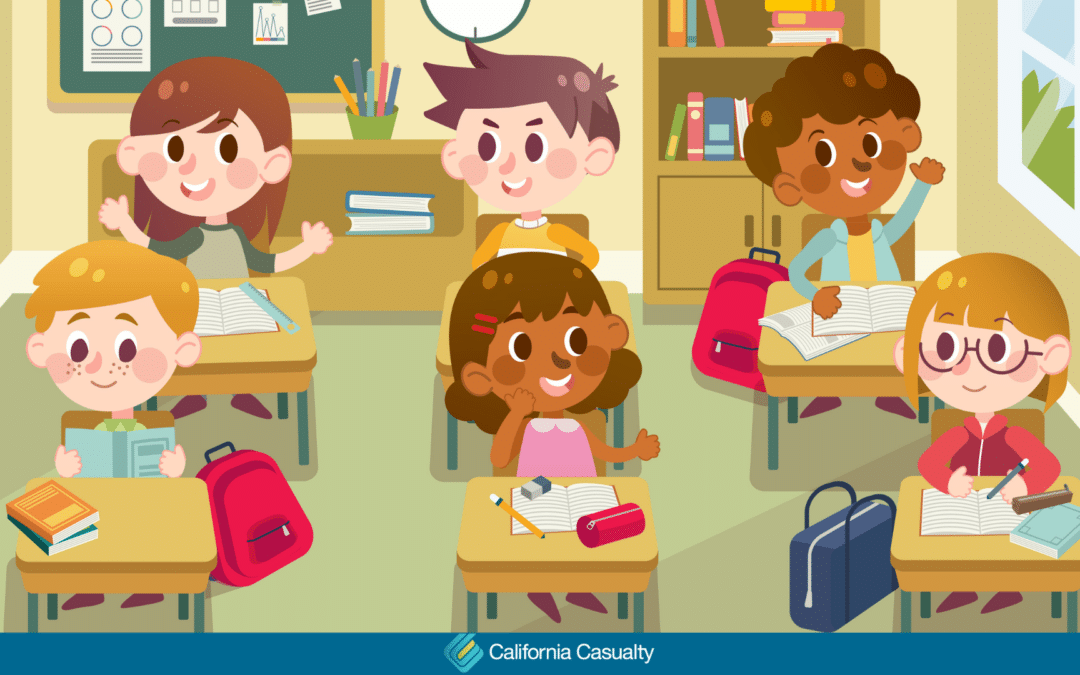Our Education Blogger is a public school teacher with over a decade of experience. She’s an active NEA member and enjoys writing about her experiences in the classroom.
Creating the “perfect” classroom seating arrangement is one of the more challenging aspects of teaching. It seems to be a never-ending puzzle! A good classroom seating arrangement allows students to be focused on learning, and that can only occur when other nuances are addressed.
While you may never be able to achieve the “perfect” classroom seating arrangement, here are some items to ponder so you can come close to it!
1. Prioritize Student Needs
Consider each student’s needs and challenges. Students who are easily distracted should be placed in an area of the room that provides the least amount of possible interruptions. If a student has visual or hearing complications, seat them where they can easily see and hear instruction. A student who needs to leave the room during class time for other services (speech, gifted, etc.) may prefer to be seated near the door to avoid feeling uncomfortable when leaving. A talkative student may need to be situated with as few classmates as possible. Do any students have physical limitations that requires equipment or accessibility?
2. Peer Tutors
Are there students in your class that could potentially be peer teachers to others? Seat these students near others who struggle academically or behaviorally. Be sure to spread them out among your seating arrangement. Don’t overuse this strategy, as it may be uncomfortable for your stronger students. They don’t ALWAYS have to be a peer teacher, sometimes they just enjoy being a student.
3. Student Organization
Allow your less organized students a little extra space. This may be at the end of a row or the corner of a group. If their supplies happen to “overflow,” it won’t cause problems with neighboring students. This is a bigger deal at the elementary level if students keep their supplies in their desks.
4. Teaching Style
Think about your own teaching styles and the desk arrangements that will benefit your instruction. Do you spend most of your time lecturing from a certain location in the classroom? What about classroom technology, like projectors, SmartBoards, or access to laptops? Is group collaboration often used?
Here are a few Free Desk Arrangement Generators to check out:
Scholastic Classroom Set-Up Tool
This article is furnished by California Casualty, providing auto and home insurance to educators, law enforcement officers, firefighters and nurses. Get a quote at 1.800.800.9410 or www.calcas.com.
- California Casualty Earns Financial Stability Rating® of A, Exceptional, From Demotech, Inc. - April 28, 2025
- Music & Arts Grant Recipients – 2024 - December 13, 2024
- Understanding Auto and Home Insurance Rate Changes - December 3, 2024

